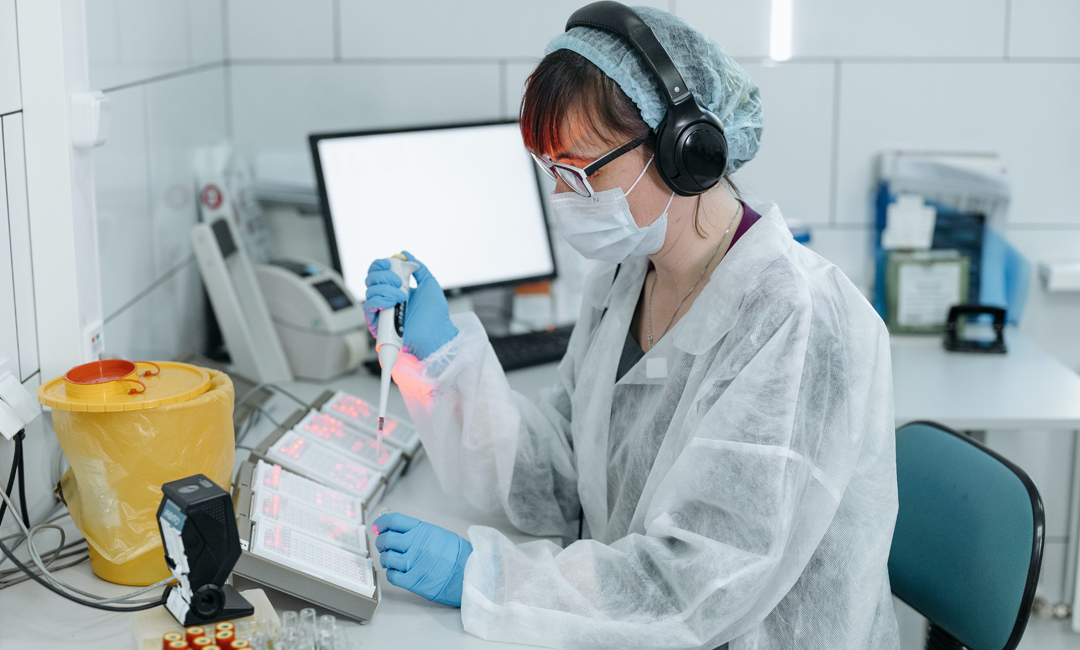The pharmaceutical industry is a crucial part of health care systems across the globe. It is composed of both private and public organizations that market, manufacture, develop and discover medicines. The pharmaceutical industry heavily relies on scientific research and developments of medications that treat or prevent illnesses and disorders.
Modern technological and scientific advances are hastening the discovery and growth of innovative drugs with enhanced therapeutic capabilities and fewer side effects. Pharmacists, medicinal chemists, and molecular biologists all work to improve the benefits of pharmaceuticals via increased specificity and potency.
Drug manufacturing is the process of large-scale making of pharmaceutical products by approved companies. The process of making pharmaceuticals can be divided into a series of individual operations. Tablet pressing, coating, granulation, and milling are just some steps involved in drug manufacturing.
Drug Manufacturing Steps
In pharmaceutical manufacturing, energy and raw materials are fed into the system at a stable rate, and at the same time, a constant stream of products is achieved. The success of the process is heavily reliant on the stability of the flow rate of raw materials. For power-based processes, it’s important to feed powders accurately and consistently into the successive processes in the production line, as feeding is essentially the first step in drug manufacturing. Feeders are specially designed to have minimal interruptions, and accurate feed rate, and optimal performance reliability.
With drug manufacturing, a wide variety of non-active ingredients may be mixed with the active ingredients to form the final mixture used for the solid dosage form. The scope of materials that may be mixed together presents many variables that must be carefully considered. These variables include the powder flow properties, particle surface properties like cohesion and roughness, presence of moisture, particle form (plates, cubes, rods, spheres, etc.), and the particle size distribution.
During the manufacturing process, milling is typically mandatory in order to reduce the average size of particles in the powder. There are various justifications for this, including increasing the solubility of the pharmaceutical compound, ensuring dosage uniformity, and increasing drug homogeneity. Sometimes, repeated blending together with drum pump milling is done to boost the manufacturability of the mixtures.
There are 2 main types of granulation:
Dry granulation and wet granulation. Granulation can be viewed as the opposite of milling. Tiny particles are combined to form larger particles known as granules. Granulation is preferred for various reasons. First, it prevents “demixing” of ingredients by forming a granule that contains all the key ingredients in appropriate proportions, which enhances the flow properties of powders and boosts compaction properties for tablet making.
Hot-melt extrusion is used in solid oral drug processing to allow for the delivery of pharmaceuticals with poor bioavailability and solubility. This technique has been observed to disseminate poorly soluble drugs in a much more effective manner. The process involves the application of pressure, heat, and agitation to blend materials, and ‘extrude’ them via a tool die. State-of-the-art extruders combine ingredients while simultaneously breaking down parties. The final product can be blended and compressed into capsules or tablets, depending on the nature or application of the medicine.
Labs may employ dry ice to cool drugs for reaction selectivity. However, this process may become complicated if implemented on a large scale. The cost of cooling a conventional reactor is significantly high and the viscosity of the reagent can go up as the temperature reduces, causing challenges in mixing ingredients. This results in more resources being used in stirring harder and replacing components more often. It can also lead to a non-homogenous reaction.
